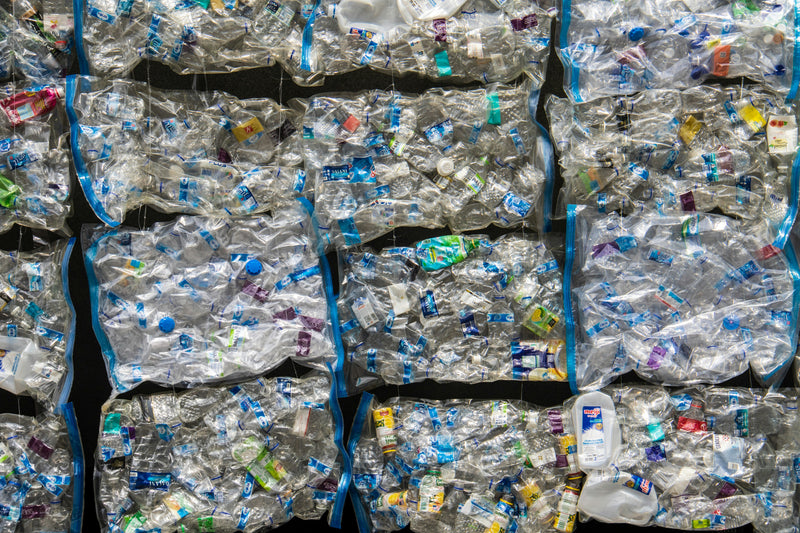From espionage and cyberattacks to identity theft and the potential annihilation of humans, artificial intelligence can be a bit scary.
But, fortunately, some people are using it to create good in the world.
That includes a handful of scientists who want to clean up our water and food systems by using AI to detect microplastics. Let’s take a look.
What we’re watching
A research team from the University of Waterloo is using AI to identify microplastics in wastewater faster and more accurately.
The team created an advanced imaging system — dubbed PlasticNet — that employs spectroscopy to expose particles to a range of wavelengths of light. Just like each person has unique fingerprints, different types of plastics give off different electromagnetic signals.
As the PlasticNet shines lights into wastewater, it illuminates particles that its deep-learning neural network can quickly detect as either organic matter or plastics. The method eliminates tedious, error-prone human analysis and should help water treatment facilities to more quickly analyze more water.
Why does it matter?
The PlasticNet can capture microplastics at a larger scale before they enter our food and water systems, which are inundated with plastic contamination.
Microplastics — pieces of plastic smaller than 5 millimeters — are literally everywhere. They’re found in the depths of the oceans, in remote Arctic tundra, and in the air we breathe.
Studies show microplastics are found in beer, wine, rice, table salts, honey, bottled water, fruits, and vegetables. A 2017 study found that 83% of tap water samples from around the world contained microplastic contamination.
The PlasticNet can eliminate tedious, error-prone human analysis and should help water treatment facilities to more quickly analyze and clean up more water.
That’s gross
One study suggests the average person eats 5 grams of microplastics per week — roughly the weight of a credit card.
While there’s much to be learned about the health implications, microplastic consumption is probably not good for you. Some studies suggest that microplastics may disrupt hormones and lead to an increased risk of chronic diseases like type 2 diabetes and heart disease.
Microplastics in the forecast?
Scientists recently discovered that microplastics might even be affecting the weather.
Researchers detected microplastics in a majority of cloud samples taken from a mountaintop in China, per a study published in the American Chemical Society’s Environmental Science & Technology Letters. The scientists found microplastics likely impact cloud formation, which has a significant impact on weather patterns.





